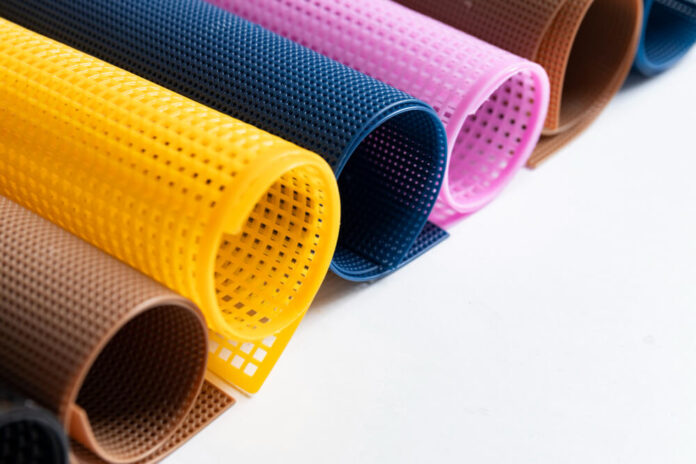Every business which indulges in industrial practices needs to pay great attention to selecting the right materials that are able to withstand heat. These are those materials that are prepared in ways through which they are resistant to temperature effects and would not deteriorate, melt, or lose any of their strength.
Choosing appropriate materials can make a significant difference to the performance and life of equipment and has telling effects on workplace safety. Selections of this sort are getting more and more pressing in the course of business as the demands of high resistance to temperature rise in all industries. How to appropriately select the right heat-resistant materials is becoming key knowledge.
Actual Needs Comparison
Selection of the heat-resistant material can be initiated by making an appropriate evaluation of your actual needs. The first point that you should consider is the place where the material has to work and what extreme temperatures it will have to bear, besides knowing the time duration of such exposure or any cause for thermal shock or sudden changes in temperature.
Also, if there are other chemical exposures besides the high temperature and if there is any mechanical stress the material will encounter. The specific needs of the aerospace, automotive, and food processing industries will begin to limit choices further.
Heat Resistant Material Options
There are a lot of different heat-resistant materials available, each with their own makeup and application. Some common materials are ceramics, metals, glass, and polymers such as silicone and fluoropolymers. Ceramics, for instance, offer the best resistance to heat and temperature and are excellent in insulation, but lack flexibility.
Metals like stainless steel also support applications with high temperatures by strength and durability. Heat resistant tape, often used for insulation and bonding in high-temperature applications, are another versatile option. Understanding the properties of these materials will help you choose the best fit for your specific application.
Performance Standards Assessment
When selecting heat-resistant materials, performance standards are a factor to consider. Materials that comply with the appropriate industrial certifications and specifications, such as ASTM or ISO, or military specifications, will be preferable. This is due to the fact that the material has undergone considerable tests which lead to success when working under high-temperature conditions.
Other factors related to temperature which one may have to consider include flame resistance, thermal conductivity, and expansion rates. Ensuring the materials you choose comply with these performance standards will reduce your risks and ensure reliability in operations.
Expert Consultation
Deciding on heat-resistant materials can be quite complex decisions, especially when considering business needs. Consultations with material scientists or industry experts provide a lot of useful insight and advice in the course of selection.
These professionals will aid in understanding the pros and cons of various materials, advise on appropriate ones, and can even assist in finding suppliers. Engaging experts will ensure that optimum choices are made per the latest trends and technological advances in the industry.
Testing and Validation
Once the potential heat-resistant materials have been identified, testing and validation become absolutely indispensable before full-scale implementation. This may be in the form of laboratory testing for field conditions or even pilot projects with performance under your environment.
Testing allows one to observe the actual behavior of materials under operational stresses and ensures they meet your expectations of durability and safety. Data collected from such tests also helps make necessary adjustments in choice of materials before deployment.
Considering Cost and Availability
When selecting heat-resistant materials, it’s essential to consider both cost and availability alongside performance. Opting for the cheapest option may not be wise; investing in higher-quality materials can lead to long-term savings by reducing maintenance costs and product failures. Ensure the materials are readily available to maintain production timelines, and collaborate with reliable suppliers to streamline procurement. By balancing cost with quality and availability, you can make informed decisions that align with your business needs.
Your business requires the correct choice of heat-resistant materials with a focus on safety, efficiency, but above all, performance. Careful planning of needs, wide varieties of materials, control of performance standards, experts’ opinions, and testing enable decisions to be made about what type of material will stand up to working conditions.
With technology still evolving, it would be important to keep in step with developments in heat-resistant materials if you want your business to remain competitive in the future.


